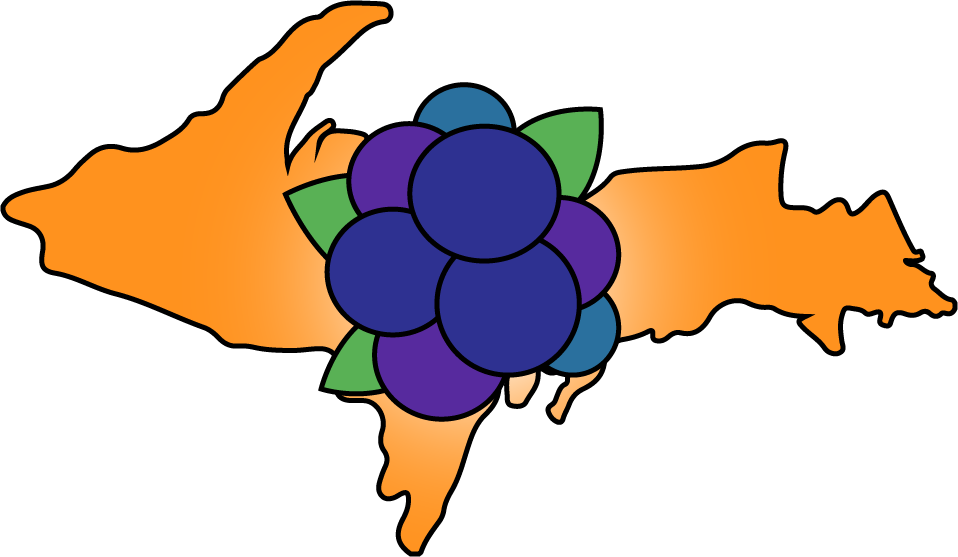Two Homesteads | Lessons From Cascade Rainforest to the U.P.’s Banana Belt
We’ve lived in two distinct growing zones, Oregon’s mild Zone 8b and Cornell, Michigan’s cold-hardy Zone 4b. The Oregon property was all steep terrain and towering evergreens, while the Upper Peninsula of Michigan has given us wide flat spaces, fast-growing trees, and the kind of freedom that comes with owning land outright. Both places have shaped us—and our homesteading philosophy—in profound ways.
The Oregon Hillside
Our six acres in Oregon climbed 200 feet from a lively creek at the bottom up to a ridge of massive cedars, Douglas firs, and Big Leaf maples. The house sat only a quarter of the way up the hill, and every project meant trudging steep ground, often realizing I had left a tool behind at the house. The terrain was beautiful but relentless.
We had a reliable well and a Berkey filter. The creek ran along the bottom of the property, but we mostly left it to the ducks, who would wander down and play in the water.
Predators were plentiful—raccoons, coyotes, and others that seemed bolder for living near the city’s edge. Protecting our animals was a constant part of life there.
Over nearly eight years, the land itself began to change. Running chickens, rabbits, and goats across the property added fertility year after year. Eventually, we noticed the difference: our gardens grew more resilient, and perennials planted later in our journey rooted in and thrived where they once struggled.
One gift Oregon gave us was opportunity: a rural pocket just close enough to town to get away with a noisy, bustling homestead. It taught us resilience—and also the hard lesson of biting off more than we could chew with a big house and too many animals, too soon.
Finding Home in the Upper Peninsula’s Northwoods
By contrast, our Michigan property is flat, deceptively so. Reading water flow here is tricky. Our gravel pad sits in a slight low spot that floods in spring, but walk further up the road and the land rises slightly—prime ground for a future greenhouse. The flatness also opens the door to future pasture and the promise of cows.
Instead of old trees that demanded permits to cut, Michigan is covered in hardwood forests. Maples sprout vigorously from old stumps, yellow birches and tamaracks dot the woods, and fast-growing pines shade out our solar panels. Wild blueberries and raspberries thrive, while deer, bears, and even wolves roam the area—very different company than our Oregon hillside.
The soil, however, is heavy clay with a hardpan layer three to seven feet down. It begs for organic matter, wood chips, and maybe a few seedings of daikon radishes to break it up. We plan a future with ponds for water storage and ducks. For now, the land challenges us to build fertility and think long-term.
The greatest gift Michigan has given us is freedom. We own this land outright. There’s no mortgage, no hillside overlays, no restrictions on how we manage our woods. With that comes responsibility: a long road to maintain, snow to clear, and the knowledge that any mistake is ours alone to fix. It’s challenging and liberating.
Philosophy: From Constraint to Freedom
Living in Oregon taught us how to adapt under constraints—steep slopes, zoning rules, and predator-heavy forests. Michigan has given us the opposite: almost total freedom to decide how to shape our future. That swing between extremes has deepened our homesteading philosophy. We’ve learned that real resilience comes from balancing freedom with responsibility, and that every piece of land offers its own gifts and challenges.
As we build systems here in Michigan, fencing, soil building, and wood shed, we do so more slowly, with lessons from Oregon at our backs. It’s a journey of contrasts, but also of continuity: two very different landscapes, both teaching us how to observe, adapt, and grow alongside the land itself.
